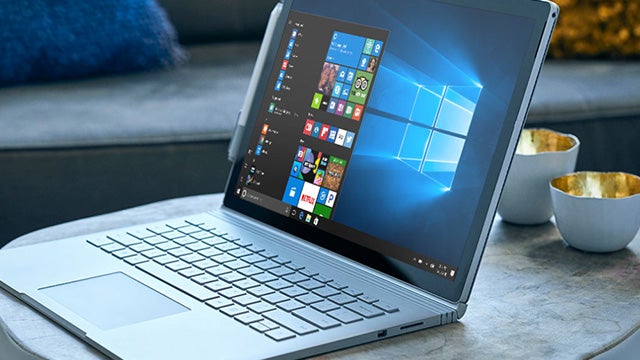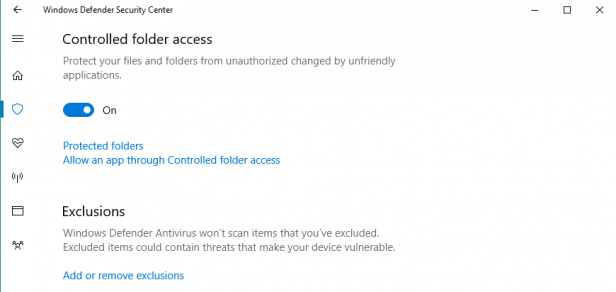Windows 10’s upcoming ‘controlled folder access’ protects your files from malware

Windows 10 is set to get a host of new features when the Fall Creators Update arrives later this year, and a new preview build has provided a peak at the security-focused upgrades.
Windows Insiders can now try out Preview Build 16232, which brings a new ‘Controlled Folder Access’ feature to the OS, designed to protect your files from ransomware.
When turned on, the feature only allows specific apps to access and write to certain folders, with desktop, pictures, movies, and documents folders included on the list of protected folders by default
Related: Fall Creators Update
Over on the official page for the new preview build, Microsoft explains the feature as part of its efforts to “protect valuable data from malicious apps and threats, such as ransomware.”
The new security features will no doubt be welcomed by users, as ransomware such as WannaCry continues to pose a threat to systems worldwide.

The company explained Controlled Folder Access on the page: “Controlled folder access monitors the changes that apps make to files in certain protected folders.
“If an app attempts to make a change to these files, and the app is blacklisted by the feature, you’ll get a notification about the attempt.
“You can complement the protected folders with additional locations, and add the apps that you want to allow access to those folders.”
The new feature will be available in the Windows Defender Security Center, under the Virus & threat protection settings section.
Microsoft added: “You can add additional folders to the list of protected folders, but you cannot alter the default list, which includes folders such as Documents, Pictures, Movies, and Desktop.
“Adding other folders to Controlled folder access can be handy, for example, if you don’t store files in the default Windows libraries or you’ve changed the location of the libraries away from the defaults.”
The Fall Creators Update is expected to launch in Septemeber this year, so stay tuned for the latest as the launch approaches.
Let us know what you think of Microsoft’s latest security efforst in the comments.

